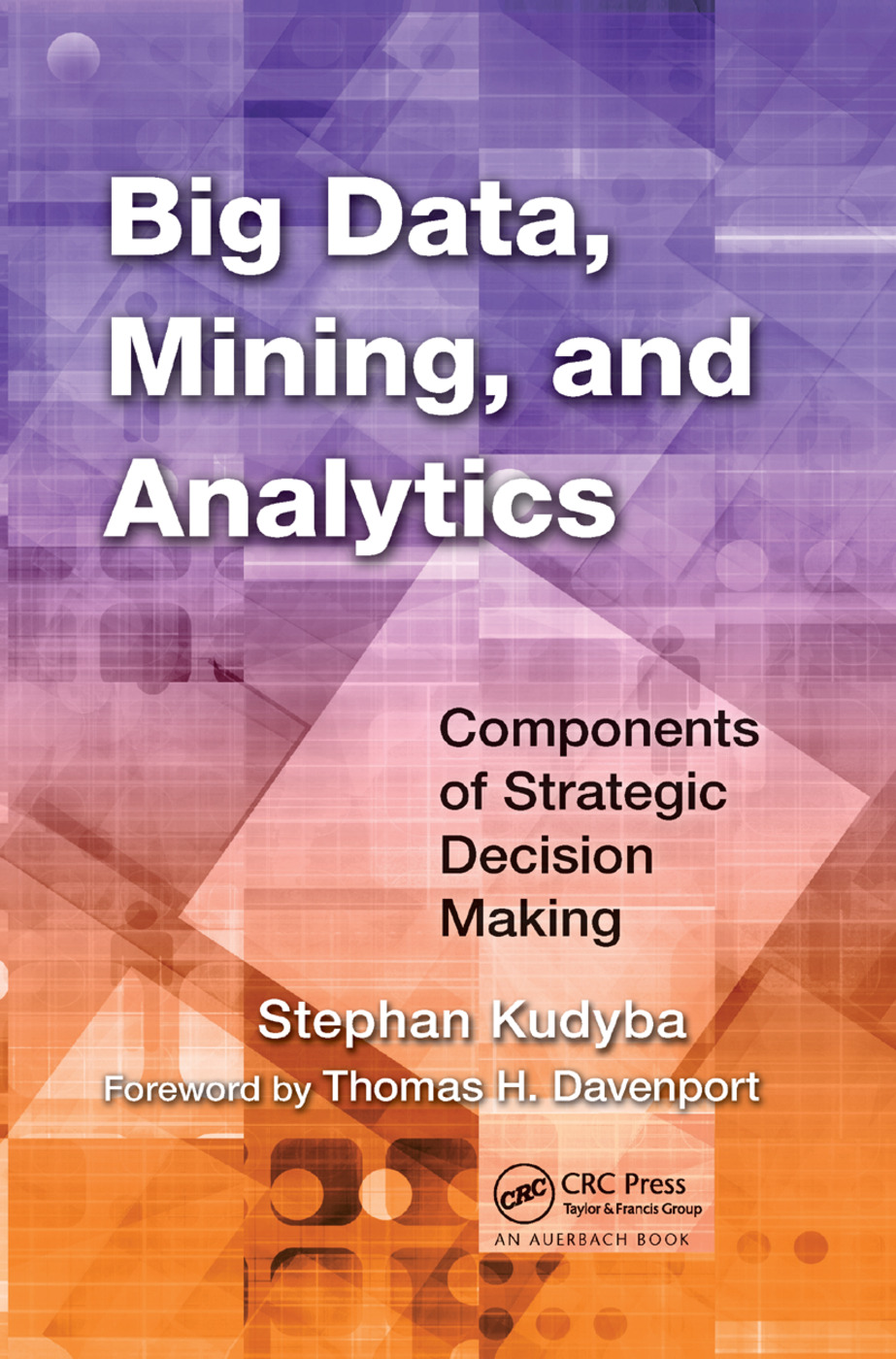QAR Data Imputation Using Generative Adversarial Network with Self-Attention Mechanism
IF 6.2
1区 计算机科学
Q1 COMPUTER SCIENCE, ARTIFICIAL INTELLIGENCE
引用次数: 0
Abstract
Quick Access Recorder (QAR), an important device for storing data from various flight parameters, contains a large amount of valuable data and comprehensively records the real state of the airline flight. However, the recorded data have certain missing values due to factors, such as weather and equipment anomalies. These missing values seriously affect the analysis of QAR data by aeronautical engineers, such as airline flight scenario reproduction and airline flight safety status assessment. Therefore, imputing missing values in the QAR data, which can further guarantee the flight safety of airlines, is crucial. QAR data also have multivariate, multiprocess, and temporal features. Therefore, we innovatively propose the imputation models A-AEGAN (“A” denotes attention mechanism, “AE” denotes autoencoder, and “GAN” denotes generative adversarial network) and SA-AEGAN (“SA” denotes self-attentive mechanism) for missing values of QAR data, which can be effectively applied to QAR data. Specifically, we apply an innovative generative adversarial network to impute missing values from QAR data. The improved gated recurrent unit is then introduced as the neural unit of GAN, which can successfully capture the temporal relationships in QAR data. In addition, we modify the basic structure of GAN by using an autoencoder as the generator and a recurrent neural network as the discriminator. The missing values in the QAR data are imputed by using the adversarial relationship between generator and discriminator. We introduce an attention mechanism in the autoencoder to further improve the capability of the proposed model to capture the features of QAR data. Attention mechanisms can maintain the correlation among QAR data and improve the capability of the model to impute missing data. Furthermore, we improve the proposed model by integrating a self-attention mechanism to further capture the relationship between different parameters within the QAR data. Experimental results on real datasets demonstrate that the model can reasonably impute the missing values in QAR data with excellent results.利用具有自我关注机制的生成对抗网络进行 QAR 数据推算
快速存取记录仪(QAR)作为存储各种飞行参数数据的重要设备,包含了大量宝贵的数据,全面记录了航空公司飞行的真实情况。然而,由于天气和设备异常等因素,记录的数据存在一定的缺失值。这些缺失值严重影响了航空工程师对 QAR 数据的分析,如航空飞行场景再现、航空飞行安全状态评估等。因此,对 QAR 数据中的缺失值进行补偿,进一步保障航空公司的飞行安全至关重要。QAR 数据还具有多变量、多过程和时间特征。因此,我们创新性地提出了针对 QAR 数据缺失值的估算模型 A-AEGAN("A "表示注意机制,"AE "表示自动编码器,"GAN "表示生成对抗网络)和 SA-AEGAN("SA "表示自注意机制),可以有效地应用于 QAR 数据。具体来说,我们应用创新的生成式对抗网络来计算 QAR 数据的缺失值。然后引入改进的门控递归单元作为 GAN 的神经单元,它能成功捕捉 QAR 数据中的时间关系。此外,我们还修改了 GAN 的基本结构,使用自编码器作为生成器,使用递归神经网络作为判别器。QAR 数据中的缺失值是通过生成器和判别器之间的对抗关系来估算的。我们在自动编码器中引入了注意机制,以进一步提高所提模型捕捉 QAR 数据特征的能力。注意机制可以保持 QAR 数据之间的相关性,提高模型计算缺失数据的能力。此外,我们还通过整合自注意机制来改进所提出的模型,以进一步捕捉 QAR 数据中不同参数之间的关系。在真实数据集上的实验结果表明,该模型可以合理地补偿 QAR 数据中的缺失值,并取得了出色的效果。
本文章由计算机程序翻译,如有差异,请以英文原文为准。
求助全文
约1分钟内获得全文
求助全文
来源期刊

Big Data Mining and Analytics
Computer Science-Computer Science Applications
CiteScore
20.90
自引率
2.20%
发文量
84
期刊介绍:
Big Data Mining and Analytics, a publication by Tsinghua University Press, presents groundbreaking research in the field of big data research and its applications. This comprehensive book delves into the exploration and analysis of vast amounts of data from diverse sources to uncover hidden patterns, correlations, insights, and knowledge.
Featuring the latest developments, research issues, and solutions, this book offers valuable insights into the world of big data. It provides a deep understanding of data mining techniques, data analytics, and their practical applications.
Big Data Mining and Analytics has gained significant recognition and is indexed and abstracted in esteemed platforms such as ESCI, EI, Scopus, DBLP Computer Science, Google Scholar, INSPEC, CSCD, DOAJ, CNKI, and more.
With its wealth of information and its ability to transform the way we perceive and utilize data, this book is a must-read for researchers, professionals, and anyone interested in the field of big data analytics.
 求助内容:
求助内容: 应助结果提醒方式:
应助结果提醒方式:


